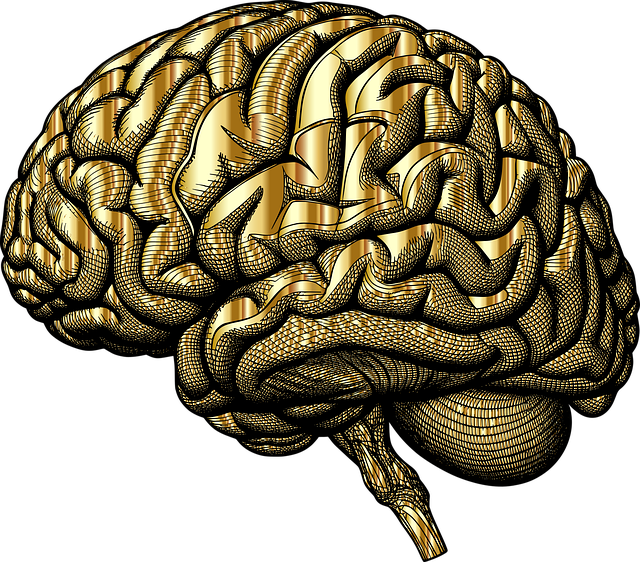Mindfulness Meditation: Guidance for Young Children with ASL Integration
Mindfulness meditation, tailored for young children, enhances self-regulation skills and emotional g…….
In the realm of early childhood development, therapy plays a pivotal role in addressing unique challenges faced by young children. Among various therapeutic modalities, American Sign Language (ASL) has emerged as a powerful tool, offering a visual-spatial approach to communication and language acquisition. This article delves into the comprehensive world of Therapy for Young Children American Sign Language (TYC ASL), exploring its definition, impact, and the myriad ways it shapes the lives of young learners. By examining its historical roots, global reach, economic implications, technological innovations, policy frameworks, challenges, and future prospects, we aim to provide an insightful guide to this transformative therapy.
Therapy for Young Children American Sign Language is a specialized therapeutic intervention designed to support the development of deaf and hard-of-hearing (DHH) children using ASL as their primary mode of communication. This approach combines elements of speech-language pathology, occupational therapy, and sign language interpretation/education. TYC ASL focuses on enhancing cognitive, linguistic, social, and emotional skills through interactive and play-based activities that promote signing and language comprehension.
The core components include:
The use of sign language as a therapeutic tool for children with hearing impairments has a rich history dating back to the late 18th century. However, the specific approach of TYC ASL gained prominence in the mid-20th century when researchers and therapists began recognizing the unique benefits of visual-spatial communication for DHH children.
Dr. Lawrence B. Hill’s groundbreaking work in the 1970s introduced the concept of using sign language as a means to enhance language development, cognitive abilities, and academic performance in young DHH individuals. This marked a significant shift from oralism, which primarily focused on speech and lip-reading, towards embracing ASL as a natural and effective communication method.
Today, TYC ASL is widely recognized as an essential component of early intervention services, playing a crucial role in closing the gap between DHH children and their hearing peers in various areas of development.
The impact of TYC ASL extends far beyond American borders, with its principles and practices gaining global recognition and adoption. Many countries around the world have embraced ASL as a valuable resource for supporting DHH children, leading to the development of local sign languages or the integration of ASL into existing educational systems.
For instance:
Several trends are shaping the future of TYC ASL globally:
| Trend | Description |
|—|—|
| Early Intervention: There is a growing emphasis on early identification and intervention for DHH children, with many countries implementing universal newborn hearing screening programs to ensure timely access to therapy. |
| Inclusion and Bilingualism: Promoting inclusion and bilingualism (sign language and spoken language) in educational settings is gaining momentum, reflecting the benefits of diverse communication methods. |
| Technology Integration: The incorporation of technology, such as sign language recognition software and video relay services, enhances accessibility and remote therapy options. |
| Cultural Sensitivity: Therapists are increasingly recognizing the importance of cultural sensitivity, adapting TYC ASL practices to respect and incorporate families’ cultural backgrounds and beliefs. |
| Research Advancement: Ongoing research continues to explore the cognitive and linguistic benefits of ASL, providing evidence-based support for its use in therapy. |
The global market for TYC ASL services and products is experiencing steady growth, driven by increasing awareness, changing policies, and a growing DHH population. According to a 2022 report by ResearchAndMarkets, the global sign language therapy market is projected to reach USD 1.5 billion by 2027, exhibiting a CAGR of 18.5%.
Investments in TYC ASL are not only limited to private sectors but also receive significant support from government agencies and non-profit organizations. Funding sources include:
The economic impact of TYC ASL is multifaceted:
One of the most significant technological breakthroughs is sign language recognition software, which enables computers to interpret signs in real time. This technology has numerous applications:
VR technology offers immersive therapeutic experiences for DHH children, providing virtual environments that facilitate language learning and social interaction practice. Benefits include:
The development of TYC ASL is guided by various policies and regulations that ensure quality, accessibility, and ethical practices:
These policies and regulations have a profound impact on the following aspects:
Despite its numerous benefits, TYC ASL faces several challenges:
Addressing these challenges requires multi-faceted approaches:
Context: A community-based organization in a midwestern US city implemented an early intervention program for DHH children aged 0-3 years old.
Approach: The program combined TYC ASL with play-based learning activities, parent education workshops, and regular sign language classes.
Outcomes:
Context: A primary school in Sydney, Australia, embarked on a journey to integrate DHH students into mainstream classes while providing ongoing support through TYC ASL.
Implementation: The school hired sign language interpreters, provided individual and group therapy sessions, and offered specialized communication boards and devices for visual support.
Results:
Setting: A non-profit organization initiated a community-based therapy program in a rural region of Kenya, where access to specialized services was limited.
Strategy: Train and deploy local community members as sign language therapists who could provide home-based TYC ASL interventions for DHH children.
Achievements:
The future of TYC ASL holds immense potential in several key areas:
Therapy for Young Children American Sign Language represents a powerful tool in the realm of early childhood development, offering transformative benefits to DHH children worldwide. Its ability to foster language acquisition, social interaction, and cognitive development has been well-documented through numerous studies and real-world applications. As technology advances and global awareness grows, TYC ASL continues to evolve, shaping a more inclusive future for deaf and hard-of-hearing individuals.
By addressing the challenges and seizing the opportunities presented, therapists, educators, policymakers, and researchers can ensure that TYC ASL remains at the forefront of early intervention services, unlocking a brighter future for young learners and their communities.
Q: What is the appropriate age to start sign language therapy?
A: Early intervention is key in language development. Sign language therapy can begin as early as 0 years old, with benefits observed across all age groups.
Q: Can TYC ASL help children who are not deaf but have speech or language delays?
A: Absolutely! TYC ASL can be beneficial for children with various communication disorders, providing an alternative means of expression and enhancing overall language development.
Q: How do I find a qualified sign language therapist for my child?
A: Reach out to local hearing health professionals, schools for the deaf, or online directories specializing in sign language therapy services. Certification and experience are essential indicators of a qualified therapist.
Q: Are there any costs associated with TYC ASL therapy?
A: Costs can vary widely depending on location and provider. Some insurance plans cover sign language therapy, while others may require out-of-pocket expenses. Contacting your insurance provider and local service providers can provide insights into financial considerations.
Q: Can TYC ASL be used alongside other communication methods?
A: Certainly! Many therapists employ a multi-modal approach, incorporating ASL along with visual aids, pictures, and spoken language to cater to diverse learning styles and enhance communication skills.

Mindfulness meditation, tailored for young children, enhances self-regulation skills and emotional g…….

TL;DR:Understanding mental health data collection for young children leverages unique communication…….